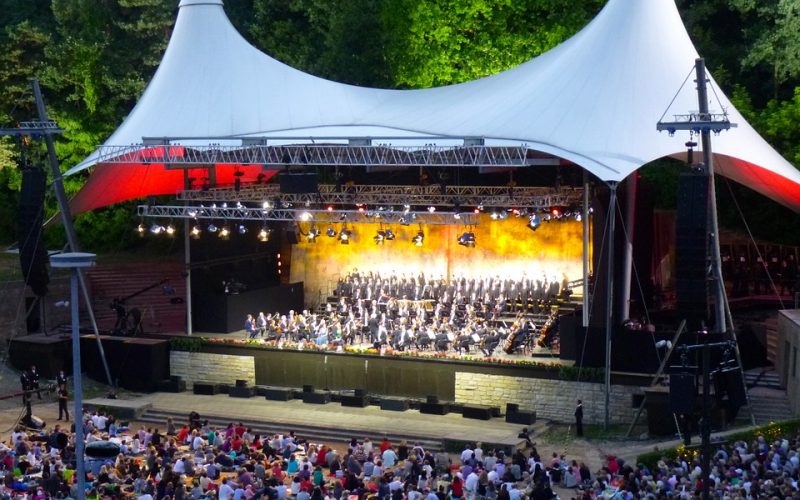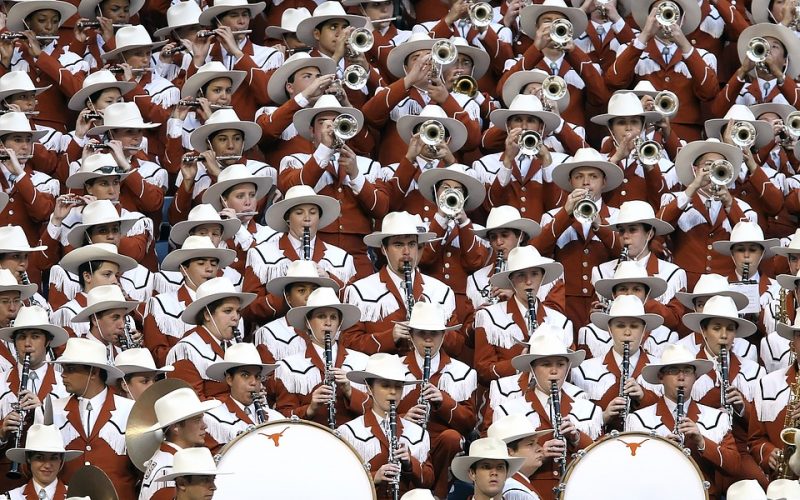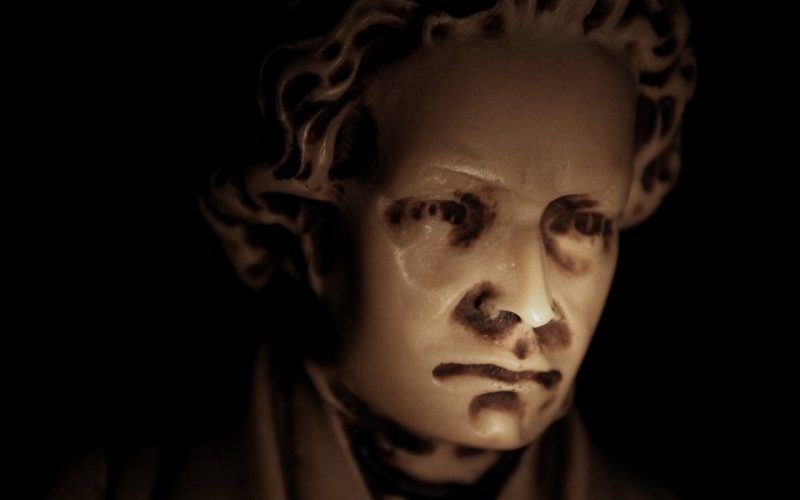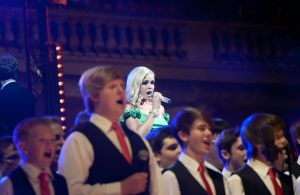For many centuries, classical music was also the popular music in Europe. Written mainly for churches or wealthy patrons, much of it filtered down to even the poorest members of European society. Those who worked hard for their living had regular access to music through church or public performances, and the streets and local workshops might be places where workers would whistle or hum the latest music of popular classical composers. Just over two centuries ago, all of this changed and popular music diverged from classical offerings.
When popular music first broke away from classical forms, many classical composers and orchestra conductors forbade their instrumentalists to play it. They saw popular music as a fad that would fade, and they believed it was not serious as a musical art form. Musicians who had not made the cut to be part of a local orchestra were often the ones who performed these pieces, and they became popular with those who did not attend symphonies. While there are still musicians today who compose and play classical music, popular music has taken over much of the attention of audiences.
Instrumentalists are important to almost every type of music to be performed, and classical orchestra players occasionally like to relax and play popular music. Pop orchestras are generally an off-shoot of the local symphony or philharmonic orchestra, so they are composed of high quality musicians. Many of the conductors may be guests, but some of them are the same ones who conduct the classical offerings the main orchestra is known for in their local area.
Holidays are often a time when pop orchestras perform, and they generally combine a mixture of currently popular holiday music with favourites from years past. Attending an orchestra performance of this type allows modern audiences to experience the beauty of a full orchestra while enjoying the musical genres they love in everyday life.














